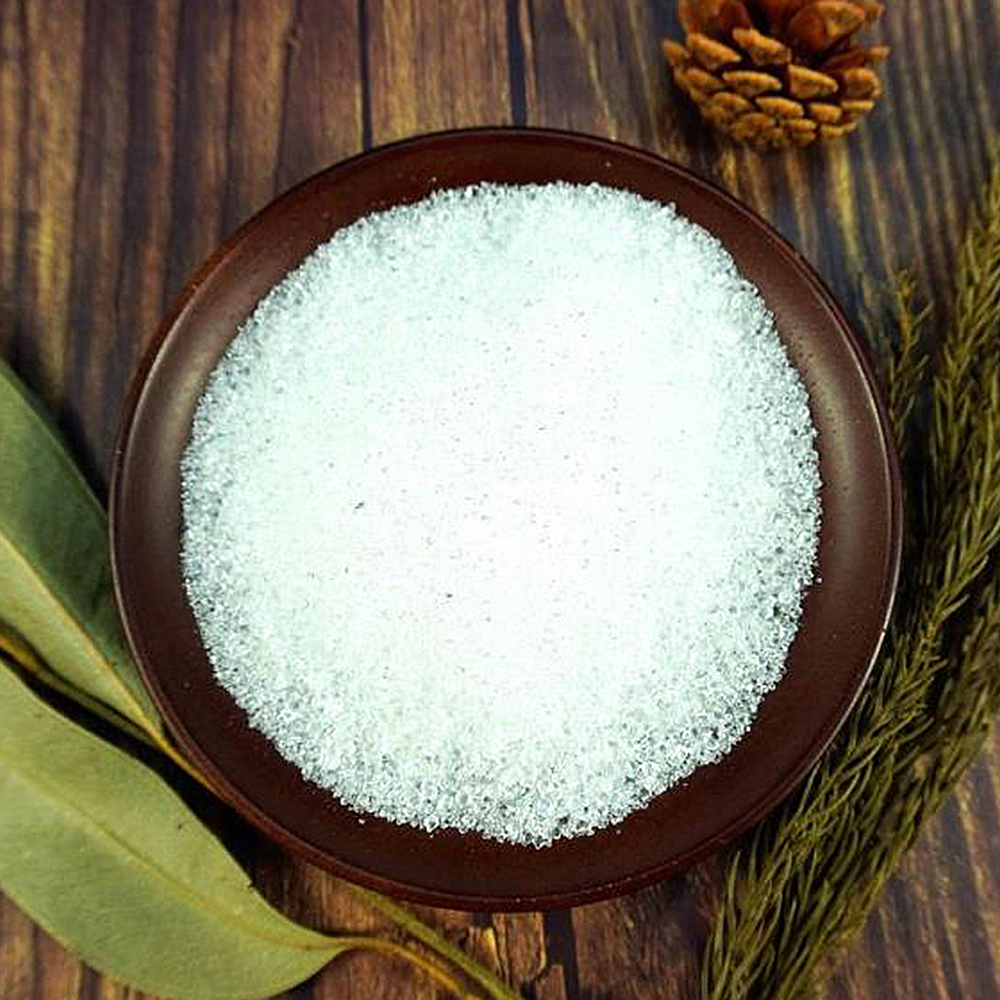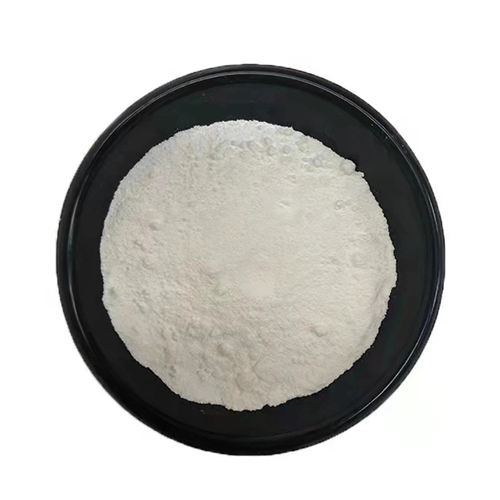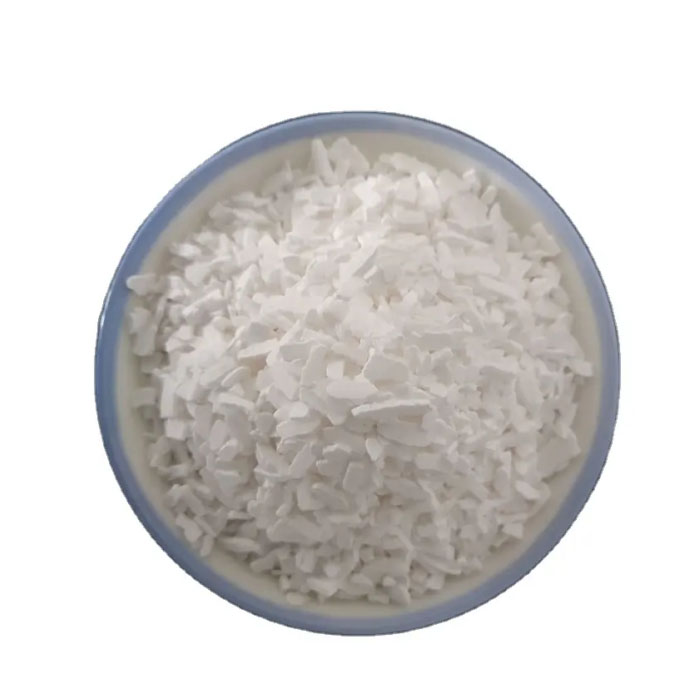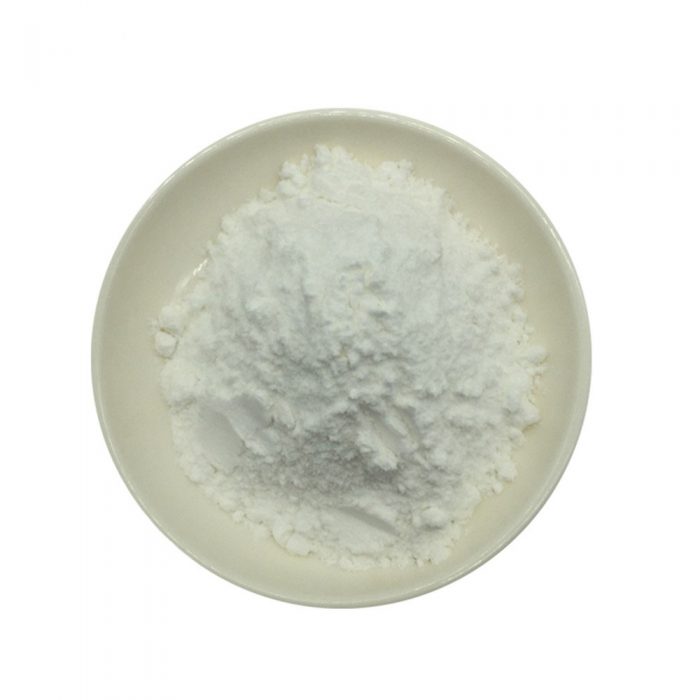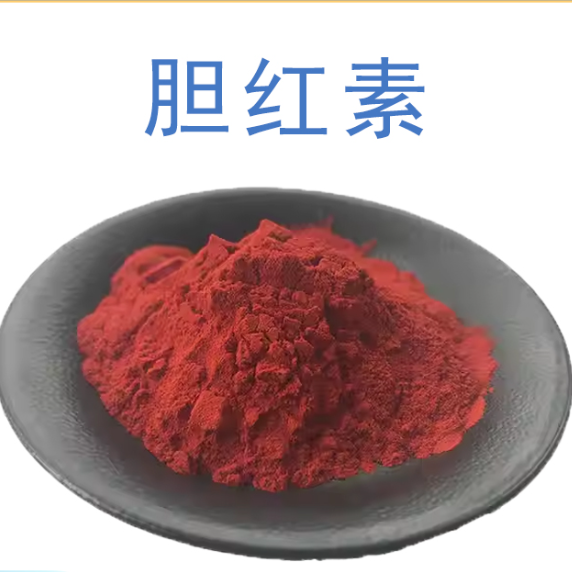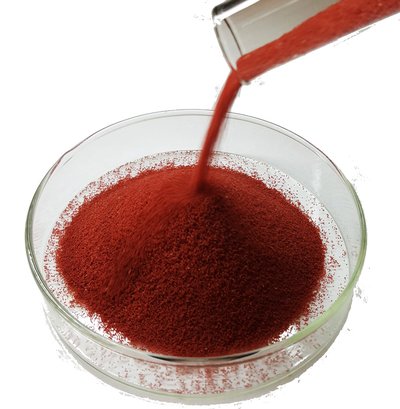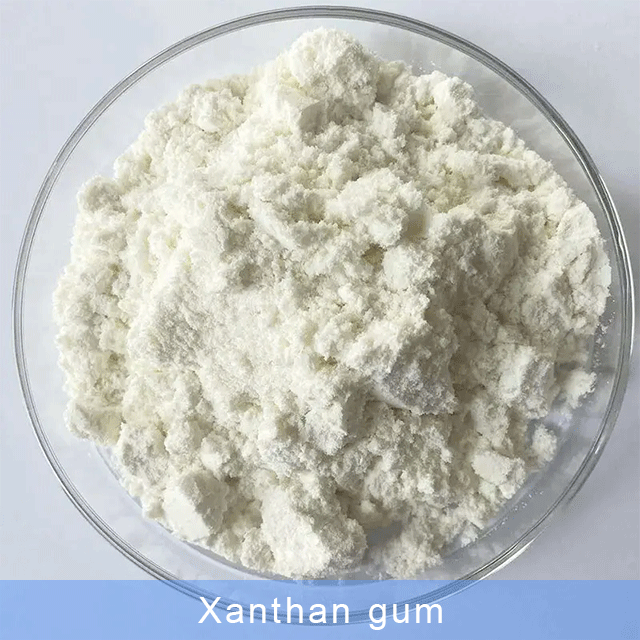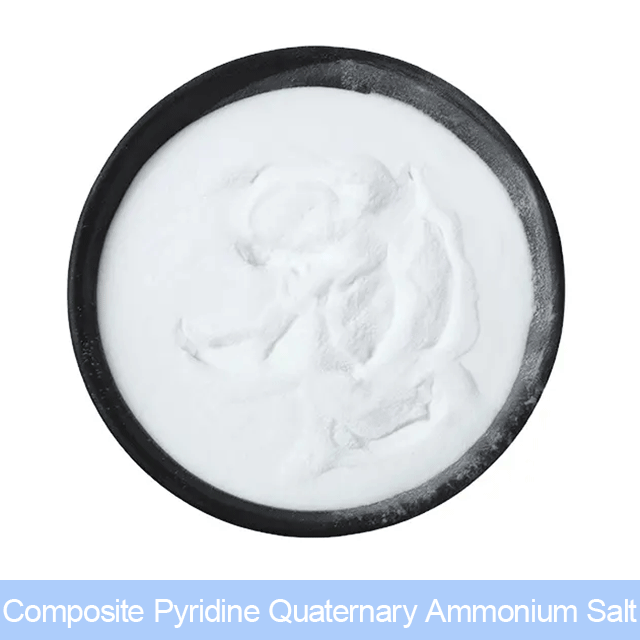L-(+)Sodium glutamate
Sodium glutamate is the main component of the food seasoning MSG. It is a sodium glutamate salt formed by sodium ions and glutamate ions. It is a colorless and tasteless crystal at room temperature. It disintegrates and melts at 232°C and is easily soluble in water (solubility: 74g/100ml). The appearance of MSG has a history of more than 100 years. In 1866, Ritthausen hydrolyzed wheat bran with sulfuric acid to obtain acidic amino acids. In 1908, Dr. Kikunae Ikeda used kelp to separate the delicious ingredients and proved that this delicious ingredient was sodium glutamate, thus producing chemical seasonings and putting them on the market. At present, sugar and honey are used as raw materials to produce MSG abroad, while in my country, corn or rice are used to produce MSG. For a long time in the past, whether MSG is good or bad for health has always been the focus of debate. Eating MSG within the normal range will not cause any harm to health, but excessive consumption will cause some people, especially Westerners, to experience symptoms of poisoning such as headaches, flushing, sweating, facial compression or swelling, numbness in the mouth or around the mouth, burning sensation in the stomach and chest pain. After poisoning, 50 mg of vitamin B6 can be taken orally every day to relieve symptoms. It should be used in moderation in daily life, and the daily consumption per person should not exceed 20 grams. In addition, when frying vegetables, MSG should be added only when the dish is out of the pot. Because sodium glutamate will form charred sodium glutamate at a temperature of 120℃, charred sodium glutamate not only has a very low umami taste, but also has certain toxicity and is a carcinogen. When frying, the oil temperature is generally 150℃-200℃, which will turn MSG into toxic charred sodium glutamate. Therefore, for the cooking of “semi-finished” side dishes with MSG, steaming or boiling is appropriate.
Related products
-
Food Grade
Bilirubin
-
Food Grade
Astaxanthin
-
Food Grade
Xanthan gum
-
Food Grade
Composite Pyridine Quaternary Ammonium Salt

